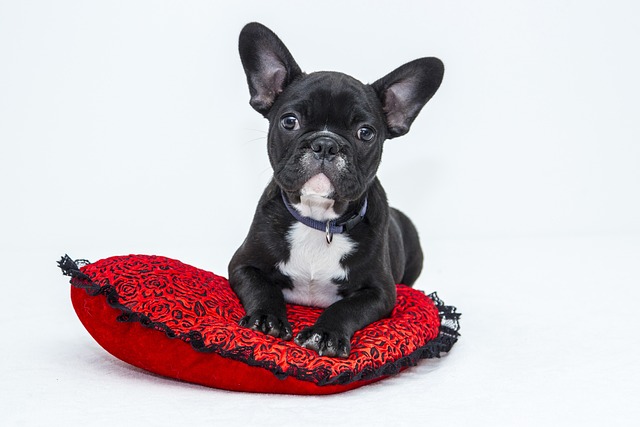
How can I tell if my dog's heatstroke is serious
Let’s be real: It’s a sticky August morning in Los Angeles, and you took your 2-year-old Golden Retriever, Max, for a walk a little later than usual
It’s a common scene for new dog owners: you’re tossing a ball in the backyard, and as your pup races back, tail wagging a mile a minute, they suddenly grab your arm with their mouth. Not hard enough to hurt, but enough to make you pause and wonder—why do they do that when they’re so excited?
Dogs communicate through their mouths, especially when emotions run high. Puppies learn about the world by nipping and mouthing, a behavior leftover from playing with littermates. When excited, that instinct kicks in: your moving arm looks like a fun “toy” in their eyes, or they’re trying to say, “Let’s keep this energy going!” For adult dogs, it might be overstimulation—too much joy, too little impulse control, and their mouths become the easiest way to release that rush.
 The good news is this behavior can be guided with gentle training. Next time they go for your arm mid-excitement, try swapping it for a chew toy or a tug rope. Say “gentle” in a calm tone, and when they focus on the toy instead, reward them with a treat or praise. Consistency matters—dogs thrive on clear signals, so repeating this helps them learn what’s acceptable.
The good news is this behavior can be guided with gentle training. Next time they go for your arm mid-excitement, try swapping it for a chew toy or a tug rope. Say “gentle” in a calm tone, and when they focus on the toy instead, reward them with a treat or praise. Consistency matters—dogs thrive on clear signals, so repeating this helps them learn what’s acceptable.
Remember, punishment has no place here. Yelling or physical correction can confuse them, making the behavior worse. In many places, positive reinforcement is not just recommended but aligned with animal welfare norms. It’s also key to keep their energy in check: a 10-minute fetch session before playtime can take the edge off, reducing overexcited nipping.
Practical habits matter too. Make sure your dog is up to date on vaccinations—required by law in most areas—and always clean up after them during walks. In apartments, keeping them on a short leash in hallways prevents overexcitement around neighbors, and a quick “leave it” can stop nipping before it starts. These small steps keep both your pup and community happy.
Understanding that excited arm biting is usually a sign of joy, not aggression, makes training feel less like a chore. With patience, toys, and lots of positive feedback, your dog will learn to channel that excitement into wags and play—without the nibbles.

Let’s be real: It’s a sticky August morning in Los Angeles, and you took your 2-year-old Golden Retriever, Max, for a walk a little later than usual

You're enjoying a summer afternoon at the park when you notice your dog has stopped panting and appears disoriented - their gums are bright red

Let’s paint the picture: You’re in your Denver apartment, watching your 4-year-old Boston Terrier, Ruby, plop down mid-play session with her favorite toy

Many dog owners notice their pets nails seem shorter after regular walks,but how much does this daily activity actually help?The answer depends on where you walk—concrete sidewalks or asphalt streets gently file nails as a dog's paws hit the ground

Most dog owners notice their pup scooting across the carpet at some point, but few connect it to impacted anal glands. These small sacs near a dog’s rectum secrete a scent for marking territory

Most vets agree that regular dog teeth cleaning is key to avoiding painful dental issues later. For healthy adult dogs, a professional cleaning at the vet’s office every 12 to 18 months usually works well.